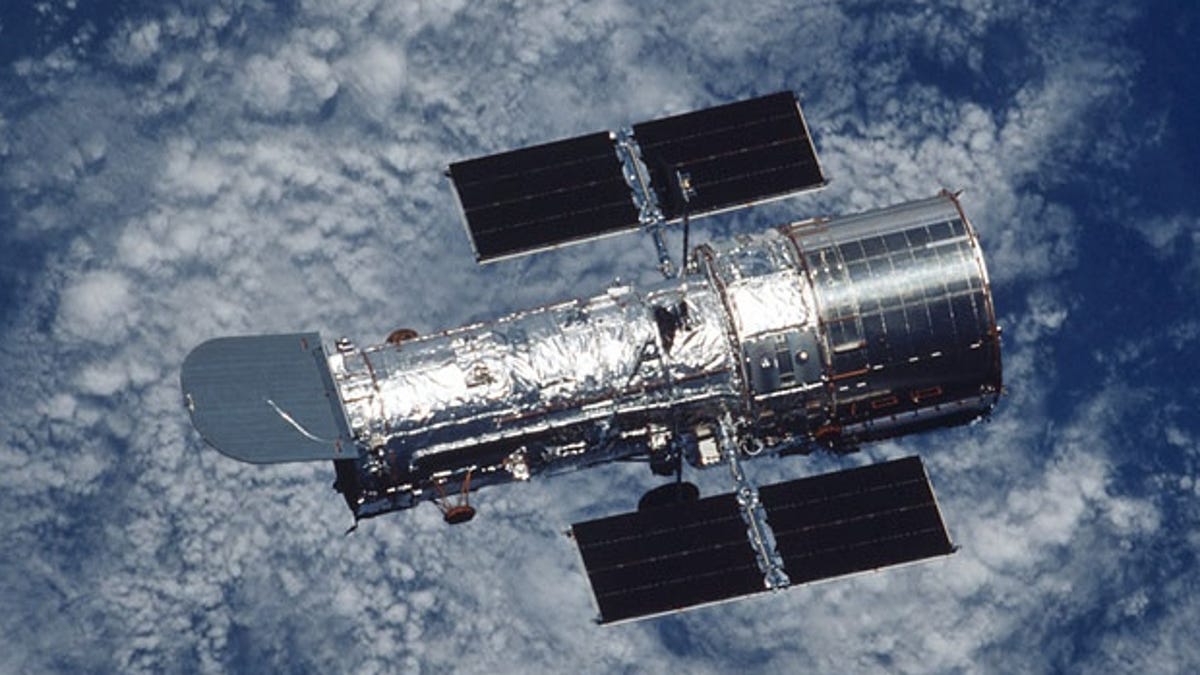NASA and SpaceX explore private mission to extend Hubble telescope’s life
SpaceX could extend the life of NASA’s Hubble Space Telescope.
NASA and SpaceX will explore whether it’s possible to extend the life of the Hubble Space Telescope by using a SpaceX Dragon probe to nudge it into a higher orbit.
The Hubble Space Telescope left earth 32 years ago and was recently succeeded by the more powerful James Webb Space Telescope. But Hubble’s life is not over yet.
NASA and SpaceX signed the ‘Space Act Agreement’ on Thursday, a pact that imposes no cost on the US government but could, if the study favors it, use a privately funded SpaceX Dragon spacecraft to do the job.
The idea is to dock Dragon to Hubble and move it into a more stable orbit. The study is a partnership with the Polaris Program, a privately funded initiative by billionaire entrepreneur Jared Isaacman that focuses on human space missions.
Also: NASA: This is the weird sound of a meteoroid hitting Mars
“This study is an exciting example of the innovative approaches NASA is exploring through private-public partnerships,” said Thomas Zurbuchen, NASA’s science chief.
“As our fleet grows, we want to explore a wide range of opportunities to support the most robust, superlative science missions possible.”
Hubble’s orbit is 335 miles above Earth, just above the atmosphere, but this is degrading over time. Re-boosting Hubble into a higher and more stable orbit could add years to its operational life, NASA said. After Hubble is decommissioned, NASA plans to de-orbit the satellite or dispose of it.
Disposal is a concern for NASA, which is backing several studies to understand the impact of orbital debris as low-Earth orbit (LEO) becomes ever-more crowded with active satellites, rocks, old rocket stages, and intentionally exploded satellites.
The FCC is concerned enough about the volume of space junk that it yesterday voted for a new five-year rule requiring operators to responsibly bring satellites down from LEO within five years of completing a mission rather than the current 25-year rule.
Based on Hubble’s current orbital decline, NASA thinks it would be decommissioned by 2030. However, at a higher altitude the space telescope could survive another 15 to 20 years.
“It’s wholly appropriate for us to look at this because of the tremendous value this research asset has for us as well as others,” said NASA’s Zurbuchen, according to CNBC.
The question of cost is a prickly issue for NASA, whose Artemis I mission to restart human exploration of the Moon around 2024 has cost the agency $40 billion so far.
For all the latest Technology News Click Here
For the latest news and updates, follow us on Google News.

